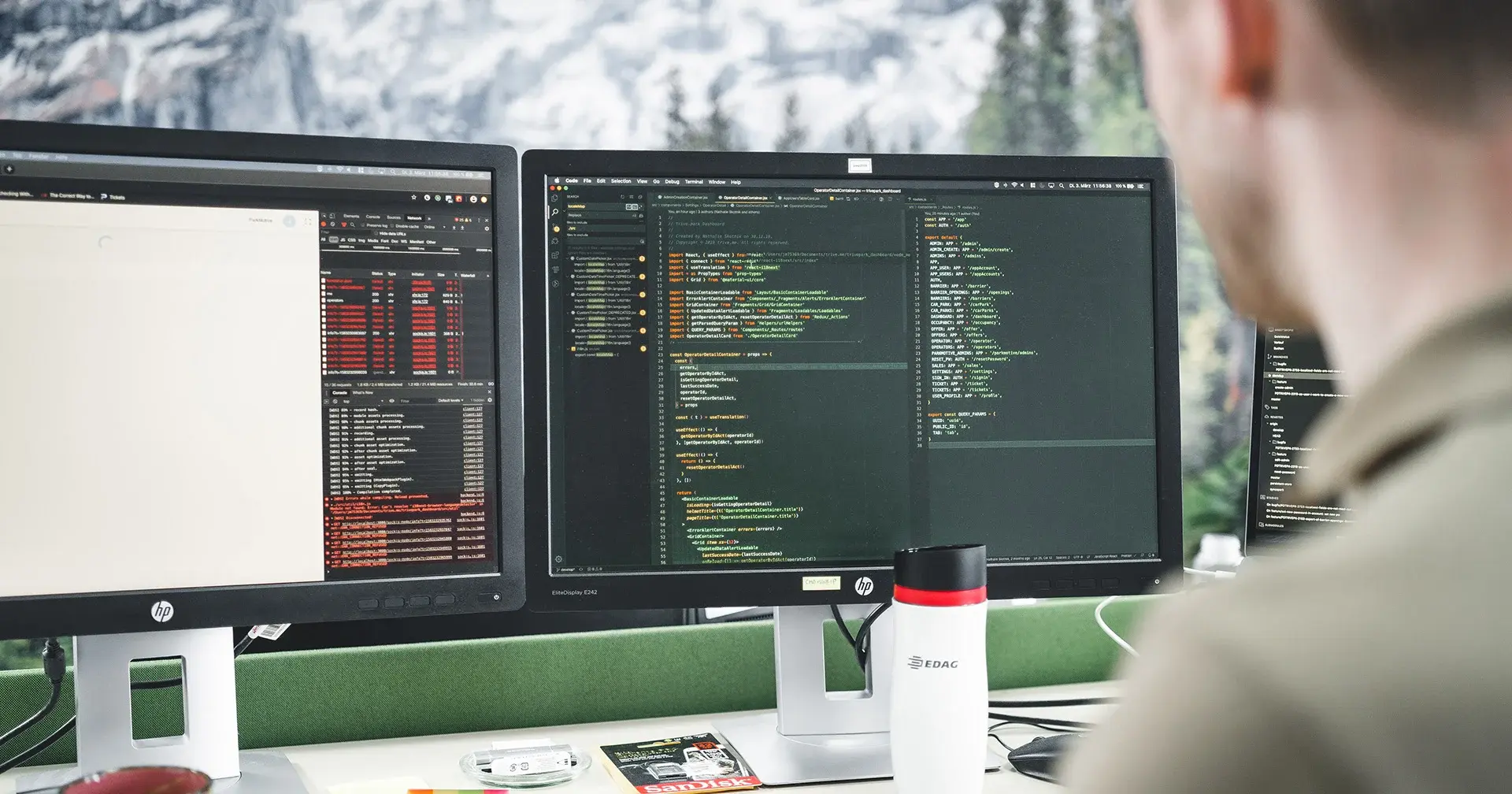When it comes to climate protection and the energy revolution, there is no escaping climate-friendly eMobility. In order to get electric vehicles on the road, the automotive industry faces the challenge of having to integrate this innovative powertrain technology into its existing production landscapes.
The focus of eMobility is quite rightly on vehicles. From a technological point of view, it is also worth taking a look at the production landscapes, which have to be extensively adapted.
Ideally, hybrid, diesel and petrol models should come off the assembly line at the same time as electric vehicles. This increases the complexity of the manufacturing and logistics processes. The constantly increasing variance of vehicle models and customers' expectations that individual variants will be available in a short time result in heavy demands on the integration into existing production systems, and especially into the corresponding IT system landscape.
Digitalisation increases the ability to compete
Automotive companies must face this change and use the full potential of the intelligent factory to keep pace with this individualisation. The Smart Factory makes use of virtual technologies for assembly, driverless transport systems, 3D metal printers, collaborative robots, and much more. This optimises the entire vehicle production process chain. In this way, high quality and great flexibility can be guaranteed while maintaining high productivity and efficiency, despite the necessary model diversity.
For cost reasons, it therefore makes sense for manufacturers to use existing process and production landscapes, which are known as “brown fields”. And yet how can the smart factory guarantee a quick set-up of modules based on the the plug and produce concept? EDAG has the solution.
Smart plug and produce in spite of variant diversity?
The networking of plants, machines and logistics with humans is essential for the integration of production systems in the smart factory. The basis for this are standardisation and homogenisation in the IT landscape. Platform-independent, harmonised interfaces, particularly with regard to semantics, protocols and connectors, are important here. This is the only way in which the smart factory can guarantee a quick set-up of modules based on the the plug and produce concept. Distributed intelligence is a key element here.
The plug & produce concept is revolutionising production technology by introducing intelligent networking within production plants. As a result, OEMs are able to react quickly and flexibly to the constantly increasing individualisation of products, and especially vehicles, which also leads to greater cost-effectiveness.
Production modules know their technical abilities and, ideally react autonomously to the dynamic requirements of the product ecosystem. In theory, this is trivial; in practice, the digital transformation in manufacturing and logistics must be much more sharply focused.
This is the only way that we, the EDAG Production Solutions developers, can successfully master the requirements for the production of electric cars on a brown field site.
We look forward to discussing your individual smart factory requirements with you, so as to intelligently integrate new vehicle models into existing production systems. Our colleague Emma Nau, Production IT Project Manager, looks forward to receiving your enquiry.




